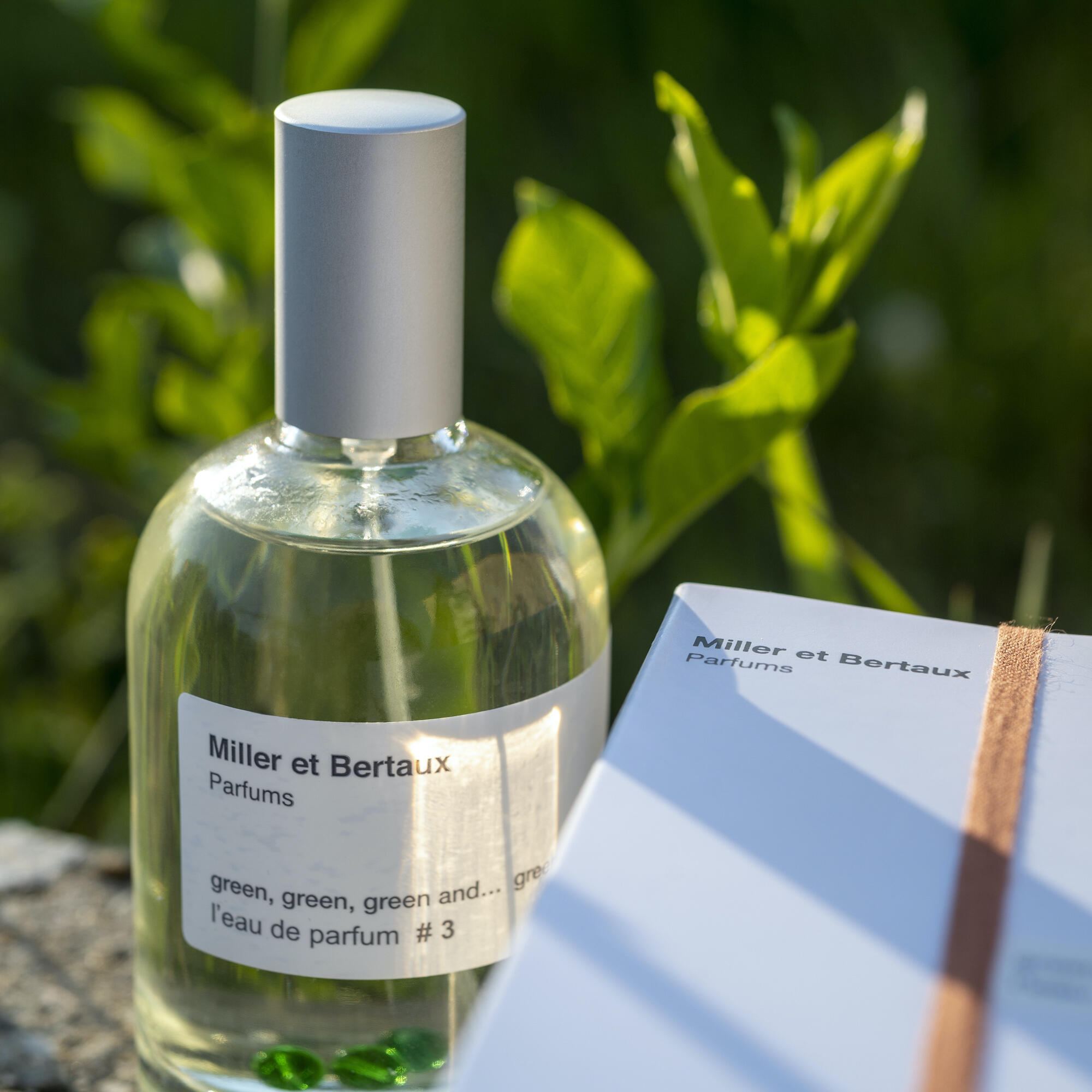Les étapes à la création d'un parfumm
The steps of creating a fragrance
Creating a perfume is a long process that can take months and sometimes even years. At Miller et Bertaux you will have understood that travel is the source of inspiration and the starting point for the creation of a perfume.
Travel, inspire, create, share... it is these 4 engines that push us to offer you fragrances that touch us and allow us to cherish our memories. To remember these moments of travel, to be able to share them with those who know these scents or those who do not have the chance to travel so far is the desire of Miller et Bertaux.
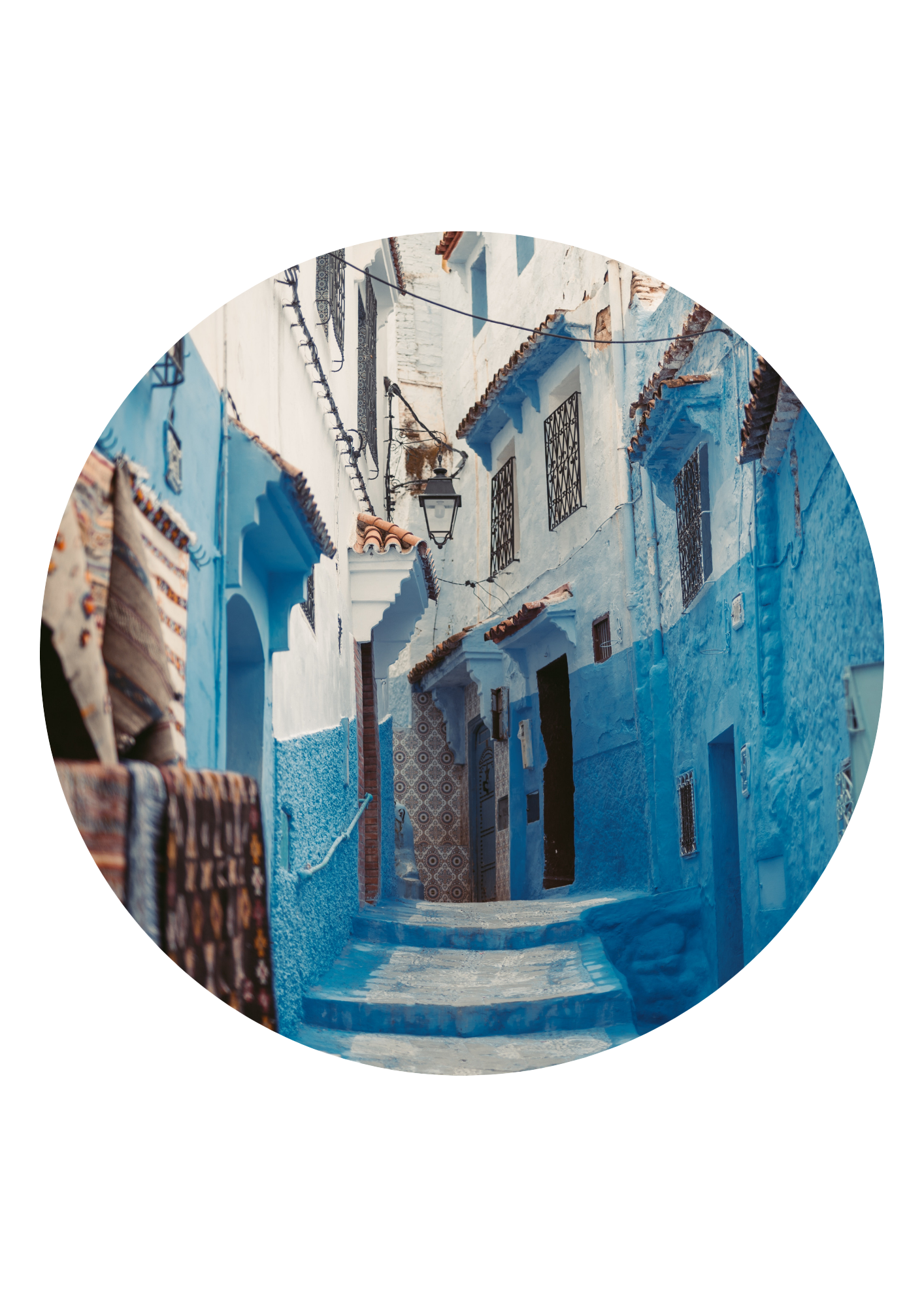
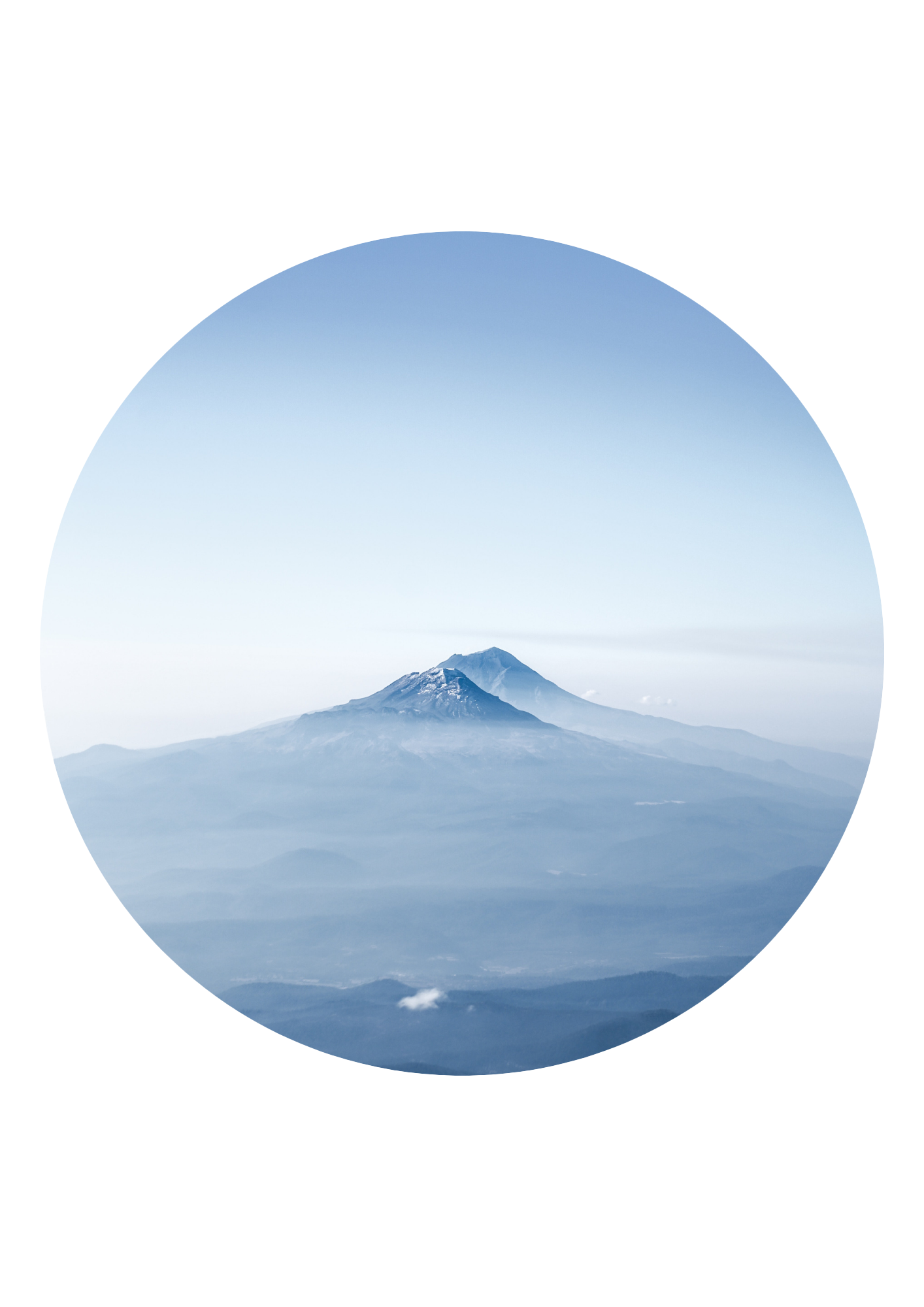
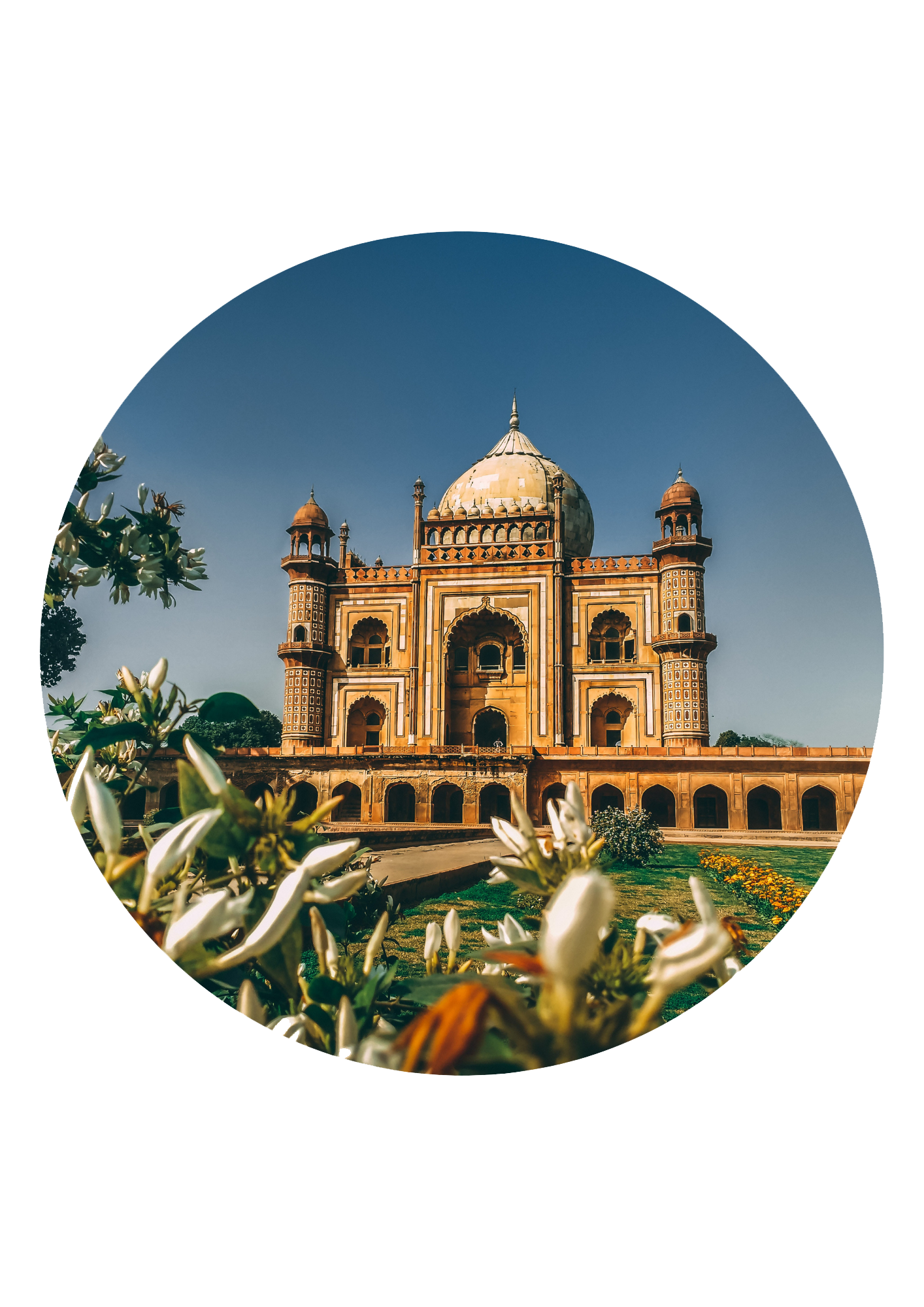
Step 1: Traveling, discovering
Traveling the world, Miller et Bertaux discovered smells they didn't know existed. Traveling the world, they knew how to appreciate these moments and captured these emanations in their suitcases and their memory to be able to transcribe them.
A new pepper, new flowers, a new fruit, a particular atmosphere, a flowering field... memories they wish to reveal and transcribe into a perfume not to forget them, to share them.
Step 3: Thinking about the materials and scents to be used
The nose (the person who is going to make the blend) quickly begins to think about its formula.
Perfumers have an impressive olfactory library (about 4500 raw materials) with existing formulas that can serve as a basis for creating blends. Some make the choice to start with a blank sheet and automatically compose the blend.
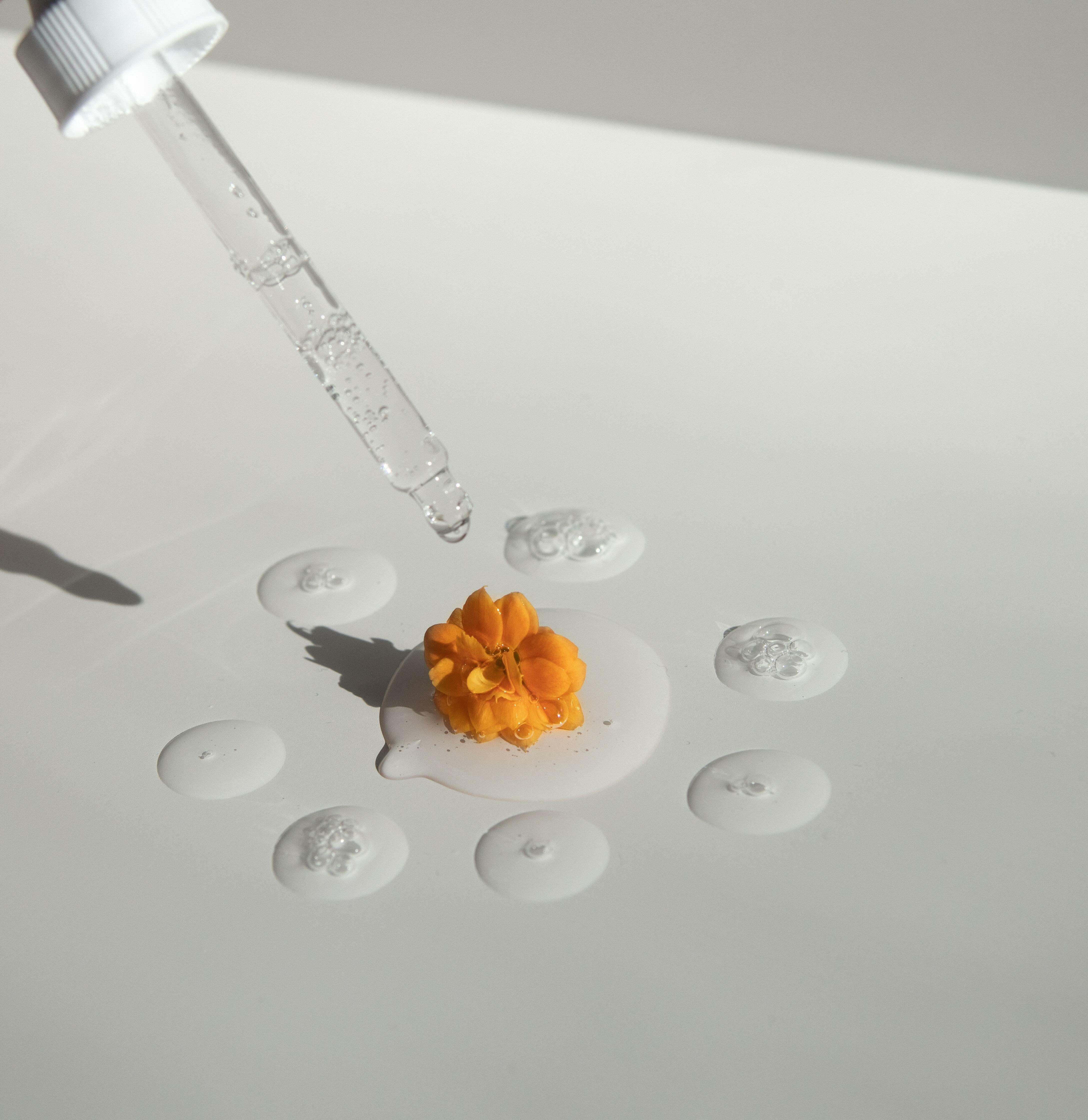
Step 4: Making the concentrate
This is the longest process. It consists in selecting the raw materials that will be classified in order of importance. They can be synthetic or natural and are classified into olfactory families (presented in a previous article).
Each raw material is extracted according to a particular technique depending on whether it is a flower, a citrus fruit...We will have the opportunity to deepen the subject of extraction techniques soon in another article.
Each ingredient will be weighed/dosed differently depending on its intensity and the desired notes.
Once these steps have been completed, time to blend the ingredients together. Always in a precise order, so that the solid materials (resins, powders...) can mix well with the liquid materials. When the mixture is homogeneous we obtain what is called the concentrate.
Step 5: Fragrance tests
To be able to smell the concentrate, we dilute it in ethanol (we do not smell the pure concentrate). We remove, add, adjust... ingredients. Many test are then necessary to be able to define the perfect match. We test on our skin to see if the scent lasts throughout the day and we still like it. These tests will allow us to formulate the structure of the perfume to our liking.
Step 6: Maturation of the concentrate
It is necessary to wait a little before being able to dilute the concentrate obtained at the end of the tests.
The concentrate is therefore stored for several weeks in large tanks which are themselves stored in a room around 13°C so that the chemical interactions can be done properly.
Step 7: Alcohol Setting
To transform the concentrate into perfume it will be necessary to dilute it with ethyl alcohol.
This neutral-smelling alcohol will allow the concentrate to be distilled to obtain the perfume.
Depending on the dosage of alcohol we obtain a perfume, an eau de toilette or an eau de Cologne.
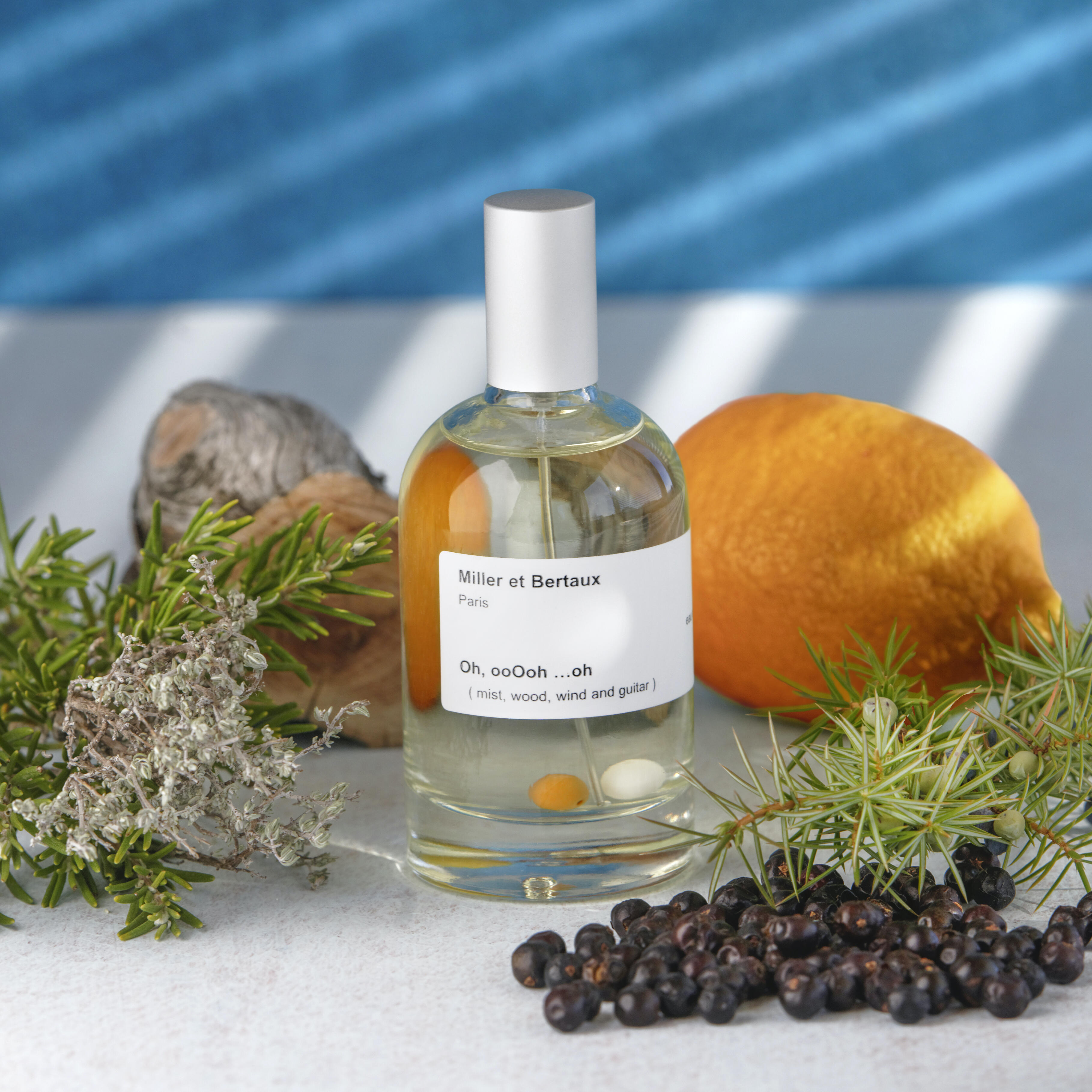
Step 8: Perfume Maceration
This step consists in letting the perfume rest so that the residual waxes deposit properly.
The perfume will then be frozen during the icing process where the perfume is lowered below 5°C in order to filter the mixture and eliminate the deposit. The perfume is then liquid and without impurity.
The perfumer has finished his work and the perfume is ready to be packaged in a beautiful bottle to delight the smell of those who will wear it or cross his path!

